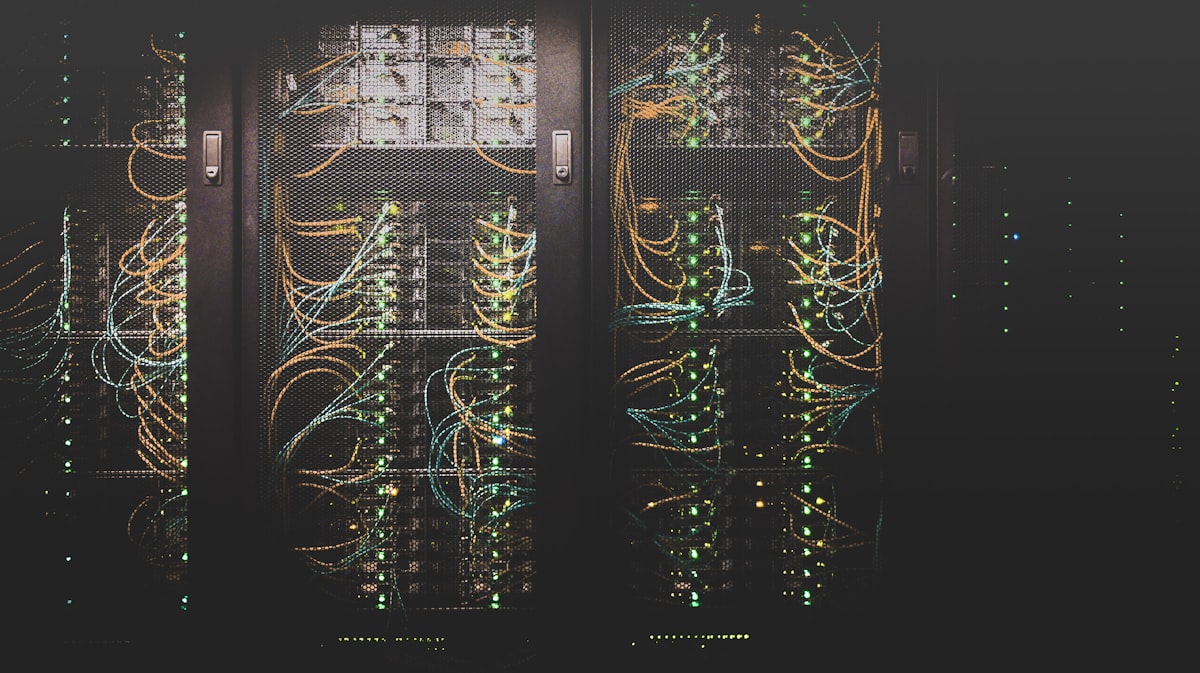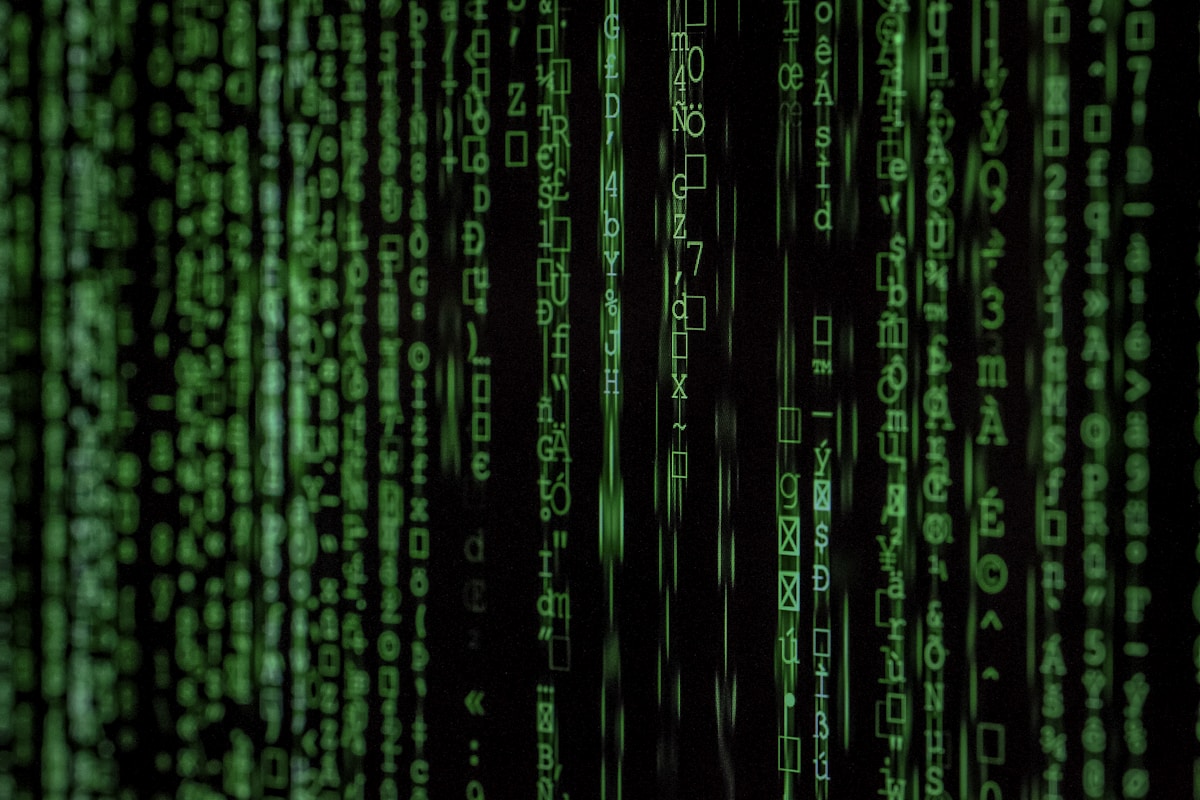GPT-4o: OpenAI's Omnimodal AI Revolution with Real-Time Audio, Vision, and Text
OpenAI unveils GPT-4o on May 13, 2024, introducing true omnimodal capabilities with sub-second response times, native audio-visual processing, and unprecedented human-like interaction across all modalities.

GPT-4o: OpenAI's Omnimodal AI Revolution with Real-Time Audio, Vision, and Text
On May 13, 2024, OpenAI introduced GPT-4o, a groundbreaking advancement that fundamentally transforms how humans interact with artificial intelligence. The "o" stands for "omni," reflecting the model's unprecedented ability to seamlessly reason across any combination of text, audio, image, and video inputs while generating text, audio, and image outputs. This isn't simply a multimodal model—it's the first truly omnimodal AI system trained end-to-end across all modalities simultaneously, creating a unified intelligence that perceives and communicates more like humans than any previous AI system.
Breaking the Barriers of Human-Computer Interaction
What makes GPT-4o revolutionary is its speed and naturalness of interaction. The model can respond to audio inputs in as little as 232 milliseconds, with an average response time of 320 milliseconds—matching the rhythm of natural human conversation. This represents a quantum leap from previous Voice Mode implementations, which required 2.8 seconds for GPT-3.5 and 5.4 seconds for GPT-4 to respond.
This dramatic improvement stems from a fundamental architectural innovation. Previous voice-enabled AI systems used a pipeline approach: one model transcribed audio to text, another (like GPT-4) processed the text, and a third converted text back to audio. This multi-stage process inevitably lost crucial information—tone of voice, emotional nuance, background sounds, laughter, singing, and the subtle paralinguistic cues that make human communication rich and meaningful.
GPT-4o eliminates this pipeline entirely. It's a single neural network trained end-to-end across all modalities, processing audio, vision, and text natively without conversion. This unified architecture preserves all the richness of multimodal communication, enabling GPT-4o to perceive tone, detect multiple speakers, understand context from background sounds, and express emotion through varied vocal qualities including laughter and singing.

Performance Excellence Across Dimensions
Despite its dramatically enhanced capabilities, GPT-4o maintains GPT-4 Turbo-level performance on traditional text, reasoning, and coding benchmarks while setting new standards for multilingual, audio, and vision tasks. On core evaluations, GPT-4o achieves impressive results: 88.7% on MMLU (Massive Multitask Language Understanding), 53.6% on GPQA (graduate-level science questions), 76.6% on MATH, and 90.2% on HumanEval coding challenges.
What's particularly remarkable is GPT-4o's multilingual prowess. The model employs an entirely new tokenizer optimized for non-English languages, resulting in dramatic efficiency improvements. For languages like Gujarati, tokenization is 4.4 times more efficient; Telugu sees 3.5x improvement; Tamil 3.3x; and significant gains appear across Hindi, Arabic, Korean, Chinese, Japanese, and dozens of other languages. This efficiency translates directly into faster processing, lower costs, and more natural language understanding for the billions of people who don't speak English as their primary language.
The vision capabilities of GPT-4o represent another significant advancement. The model can understand complex visual scenes, read and analyze documents, interpret charts and diagrams, and even engage in creative visual tasks like generating poetic typography, designing characters, creating commemorative coins, and producing 3D object renderings. These aren't separate specialized models—they're all capabilities of the unified GPT-4o system.
Natural Conversation and Emotional Intelligence
Perhaps the most striking demonstrations of GPT-4o involve its conversational abilities. The model can interrupt and be interrupted naturally, adjust its speaking speed and tone on request, express sarcasm and humor appropriately, sing harmonies, tell dad jokes with perfect comedic timing, and even engage in playful activities like rock-paper-scissors with visual recognition and enthusiastic commentary.
In one demonstration, GPT-4o helps a student prepare for a job interview, offering real-time feedback on their responses with appropriate encouragement and constructive criticism. In another, it provides real-time translation between English and Spanish, enabling seamless cross-language conversation. A collaboration with Khan Academy shows GPT-4o tutoring mathematics using the Socratic method—guiding students to discover solutions rather than simply providing answers.
These interactions showcase more than technical capability—they demonstrate genuine emotional intelligence and social awareness. The model recognizes when encouragement is appropriate, modulates its tone to match conversational context, and engages with warmth and personality that makes interactions feel genuinely helpful rather than mechanical.

Real-World Applications and Accessibility
GPT-4o's capabilities translate into transformative real-world applications across numerous domains. For accessibility, the partnership with Be My Eyes demonstrates GPT-4o acting as visual assistance for blind and low-vision users, describing surroundings, reading signs, navigating public spaces, and providing independence through AI-powered vision.
In education, the model serves as an adaptive tutor capable of working across subjects, languages, and learning styles. It can explain complex concepts visually and verbally, adapt explanations based on student comprehension, and provide patient, personalized guidance at any hour.
For business applications, customer service implementations show GPT-4o handling complex multi-turn conversations, understanding customer emotions from voice tone, accessing relevant information systems, and resolving issues with unprecedented efficiency and empathy. The model's ability to process multiple speakers in meetings enables automated note-taking that captures not just words but context, action items, and decision points.
Creative professionals are discovering GPT-4o's capabilities in content generation span from writing and editing to visual design and multimedia production. The model can iterate on creative concepts conversational, generate variations based on feedback, and maintain coherent creative vision across extended projects.
Technical Innovation and Efficiency
Beyond its capabilities, GPT-4o represents a major efficiency breakthrough. The model operates at twice the speed of GPT-4 Turbo while costing 50% less for API users. Rate limits are 5x higher, enabling applications to scale to larger user bases without infrastructure constraints. These improvements don't represent a tradeoff with quality—they're the result of fundamental innovations in model architecture, training techniques, and inference optimization.
The training approach for GPT-4o pioneered new methods for end-to-end multimodal learning. Rather than training separate encoders and decoders for different modalities and attempting to bridge them, OpenAI trained a single unified model where all modalities inform each other from the beginning. This approach required solving numerous technical challenges around data alignment, compute efficiency, and training stability, but the results speak for themselves.
The model's tokenizer represents another technical achievement. By analyzing actual language usage patterns across dozens of languages, OpenAI designed a tokenization scheme that treats all languages more equitably. This moves beyond the English-centric approaches of earlier models and recognizes the reality of a multilingual world. The efficiency gains for non-English languages directly improve accessibility and reduce costs for non-English applications.

Safety, Limitations, and Responsible Development
OpenAI approached GPT-4o's development with comprehensive safety considerations from the beginning. The model underwent evaluation according to OpenAI's Preparedness Framework, assessing risks across cybersecurity, CBRN (chemical, biological, radiological, nuclear) weapons, persuasion, and model autonomy. GPT-4o scored at Medium risk or below across all categories, meeting OpenAI's deployment criteria.
Extensive external red teaming involved over 70 experts in social psychology, bias and fairness, misinformation, and domain-specific risks introduced by the new modalities. These experts probed for potential harms, edge cases, and unintended behaviors, providing feedback that shaped safety interventions and guardrails built into the final system.
Recognizing that audio modalities present novel risks, OpenAI is taking a phased approach to deployment. At launch, text and image inputs with text outputs became available immediately. Audio outputs were initially limited to a selection of preset voices adhering to existing safety policies. Video understanding and generation capabilities are being introduced gradually with additional safety testing and refinement.
The model does have limitations, which OpenAI has been transparent about. GPT-4o can make mistakes in complex reasoning, occasionally misinterpret visual scenes, struggle with certain accents or audio conditions, and generate outputs that require human review for critical applications. OpenAI actively solicits feedback to identify areas where GPT-4 Turbo still outperforms GPT-4o, using these insights to drive continuous improvement.
Democratizing Advanced AI
One of GPT-4o's most significant impacts is its accessibility. OpenAI made the model available in ChatGPT's free tier, enabling hundreds of millions of users to experience GPT-4-level intelligence without cost barriers. Plus subscribers receive higher message limits (5x higher than free tier), early access to new features like advanced Voice Mode, and priority access during peak usage times.
For developers, GPT-4o is available through the API at dramatically improved economics: 2x faster than GPT-4 Turbo, 50% lower cost, and 5x higher rate limits. These improvements make sophisticated AI capabilities economically viable for a much broader range of applications, from startups experimenting with AI-powered products to enterprises deploying at massive scale.
The phased rollout of audio and video capabilities through the API ensures developers have time to understand and implement these new modalities responsibly. Early access partnerships with trusted developers help OpenAI gather real-world feedback, identify unexpected use cases, and refine safety measures before broader deployment.
Looking Forward: The Future of Human-AI Interaction
GPT-4o represents more than an incremental improvement—it's a fundamental reimagining of what AI systems can be. By training across all modalities simultaneously in a single unified model, OpenAI has created an intelligence that perceives and communicates more holistically, more naturally, and more effectively than previous generations.
The implications extend far beyond the specific capabilities demonstrated at launch. As developers and users explore GPT-4o's potential, new applications will emerge that leverage its unique combination of speed, multimodal understanding, and natural interaction. Educational tools will become more adaptive and engaging. Accessibility technologies will provide richer assistance to people with disabilities. Creative tools will become true collaborators in the creative process. Customer service will become more empathetic and effective.
The model's efficiency improvements also have important sustainability implications. By delivering better performance with lower computational requirements, GPT-4o makes AI more environmentally sustainable. The improved multilingual capabilities promote linguistic diversity and inclusion, ensuring AI's benefits reach people regardless of which languages they speak.
As OpenAI continues refining GPT-4o and developing future models, the vision is clear: AI systems that feel less like tools and more like collaborators, that understand context as richly as humans do, and that communicate with the naturalness and nuance of human conversation. GPT-4o marks a major step toward this vision, demonstrating that truly omnimodal AI isn't science fiction—it's reality, and it's available today.
The journey from GPT-3 to GPT-4o represents an extraordinary pace of progress, but it's clear we're still in the early stages of understanding what's possible when AI systems can seamlessly integrate perception and generation across all human communication modalities. As these systems continue evolving, they promise to augment human capabilities in ways we're only beginning to imagine, making knowledge more accessible, creativity more fluid, and human potential more fully realized.



